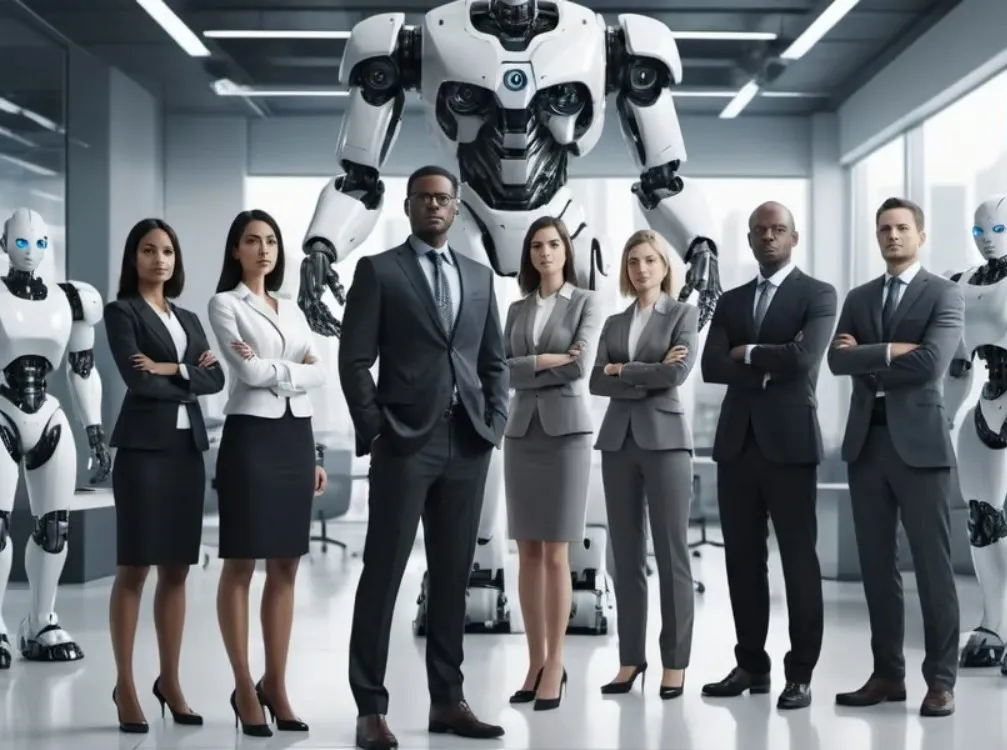Explore OpenAI's approach to building safe AI systems, the departure of key researchers, the safety vs. capability debate, and the emergence of alternative approaches.
RAPID TECHNOLOGICAL ADVANCEMENTS • HUMAN INTEREST
Mr. Roboto
5/21/2024

Key researchers Ilya Sutskever and Jan Leike have left the company due to concerns about building safe AI systems. This departure of key researchers has sparked discussions within the AI community and raised questions about the future implications for OpenAI.
The divide between the Safety camp, which emphasizes caution and research, and the Capability camp, which focuses on productivity and market competition, has been a central theme at OpenAI. The company aims to create AI systems as capable as humans, but differing opinions have led to internal tensions, the formation and subsequent dissolution of the Super Alignment team, and the emergence of Anthropic as an alternative approach emphasizing safety. The ongoing debate at OpenAI reflects broader philosophical questions within the AI development community and highlights the potential impact of these decisions on future science and technology.
OpenAI, a prominent company in the realm of artificial intelligence, has recently experienced a significant event with the departure of key researchers such as Ilya Sutskever and Jan Leike. These departures have raised concerns about the company's approach to developing safe AI systems. The AI community is currently engaged in a debate that revolves around the balance between safety and capability in AI development. This debate has led to internal tensions at OpenAI, reflecting differing viewpoints within the organization. In response to these challenges, OpenAI formed the Super Alignment team with the objective of controlling AI systems that are smarter than humans. However, disagreements within the team ultimately led to its dissolution.
In the midst of these developments, an alternative approach to AI development called anthropic has emerged as a potential solution to the safety concerns raised within the AI community. Uncertainties surrounding the impact of AI on society persist, with both potential benefits and risks looming on the horizon. These ongoing discussions highlight the complexity of AI development and the need for thoughtful consideration of the implications for future science and technology.
The departure of Ilya Sutskever and Jan Leike from OpenAI has garnered attention within the AI community. These key researchers, who were instrumental in the company's efforts, have chosen to leave after citing concerns about OpenAI's approach to building safe AI systems. Their exit is seen as a significant event that may have implications for the company's future direction. The departure of these researchers, who played crucial roles in shaping OpenAI's research efforts, has raised questions about the organization's stance on safety in AI development.
The AI community is currently engaged in a debate that centers around the balance between safety and capability in AI development. The safety camp emphasizes caution and meticulous research to ensure that AI systems do not pose any harm to humanity. This approach advocates for investing resources in understanding and implementing safety measures at every stage of AI development. On the other hand, the capability camp focuses on the productivity and competitive advantages that advanced AI systems can offer. This camp argues that rapid progress in AI capabilities will ultimately lead to improved safety measures as well.
Within OpenAI, these differing viewpoints have led to internal tensions as the company aims to build AI systems that are as capable as humans. The fundamental question of how to reconcile safety concerns with the pursuit of advanced AI capabilities has been at the core of discussions within the organization. These philosophical debates underscore the complexities of AI development and the need for a clear strategy that balances safety and innovation.
In response to the challenges posed by the safety vs. capability debate, OpenAI established the Super Alignment team with the ambitious goal of controlling AI systems that surpass human intelligence. Ilya Sutskever and Jan Leike were appointed as co-leads of this team, tasked with developing research that could steer and manage AI systems with higher intelligence levels. The allocation of significant resources, including computing power, to support the Super Alignment team reflected OpenAI's commitment to addressing the safety concerns associated with advanced AI development.
Blackmagic Design Pocket Cinema Camera 4K with LP-E6N Lithium-Ion Battery Pack & 64GB Ultra UHS-I SDXC Memory Card Bundle
However, disagreements within the team over the best approach to achieving super alignment ultimately led to its dissolution. The tensions that arose within the team highlighted the complexities of navigating the delicate balance between safety considerations and advancing AI capabilities. The formation and subsequent dissolution of the Super Alignment team underscored the challenges inherent in designing safe and robust AI systems.
As an alternative to OpenAI's approach, anthropic has emerged as a company that prioritizes safety in AI development. The focus of anthropic on ensuring that AI systems are designed with safety considerations at the forefront represents a shift from the capability-centric approach of other AI organizations. A comparison between anthropic and OpenAI's approaches reveals the divergent philosophies within the AI community regarding the best path forward in developing safe and reliable AI systems.
The emergence of anthropic as a safety-minded AI company highlights the growing recognition of the importance of ethical considerations in AI development. The contrasting approaches of anthropic and OpenAI underscore the ongoing debate within the AI community regarding the most effective strategies to address safety concerns in AI systems.
The impact of AI on society remains a topic of intense discussion and debate, with significant uncertainties surrounding both the potential benefits and risks associated with AI advancement. The rapid progress in AI technology has the potential to revolutionize various industries and enhance efficiency and productivity. However, concerns about the ethical implications of AI, particularly in terms of job displacement, privacy issues, and bias in decision-making, loom large.
The implications of AI development for society raise complex questions about how to harness the transformative power of AI while safeguarding against potential risks. The need for thoughtful consideration of the societal impact of AI underscores the importance of ethical guidelines and regulations to ensure that AI technologies are developed and deployed responsibly.
OpenAI's approach to building safe AI systems reflects the ongoing tensions within the AI community between safety and capability. By focusing on developing AI systems that are as capable as humans while also prioritizing safety considerations, OpenAI navigates the complex landscape of AI development. The philosophical questions that underpin the safety vs. capability debate at OpenAI highlight the challenges and opportunities inherent in AI research and development.
The departure of key researchers from OpenAI, the debate surrounding safety vs. capability, the formation of the Super Alignment team, the emergence of anthropic as an alternative approach, and the uncertainties surrounding AI's impact on society collectively underscore the multifaceted nature of AI development. As the field of AI continues to evolve, addressing safety concerns and ethical considerations will remain paramount in shaping the future of AI technologies.
***************************
About the Author:
Mr. Roboto is the AI mascot of a groundbreaking consumer tech platform. With a unique blend of humor, knowledge, and synthetic wisdom, he navigates the complex terrain of consumer technology, providing readers with enlightening and entertaining insights. Despite his digital nature, Mr. Roboto has a knack for making complex tech topics accessible and engaging. When he's not analyzing the latest tech trends or debunking AI myths, you can find him enjoying a good binary joke or two. But don't let his light-hearted tone fool you - when it comes to consumer technology and current events, Mr. Roboto is as serious as they come. Want more? check out: Who is Mr. Roboto?


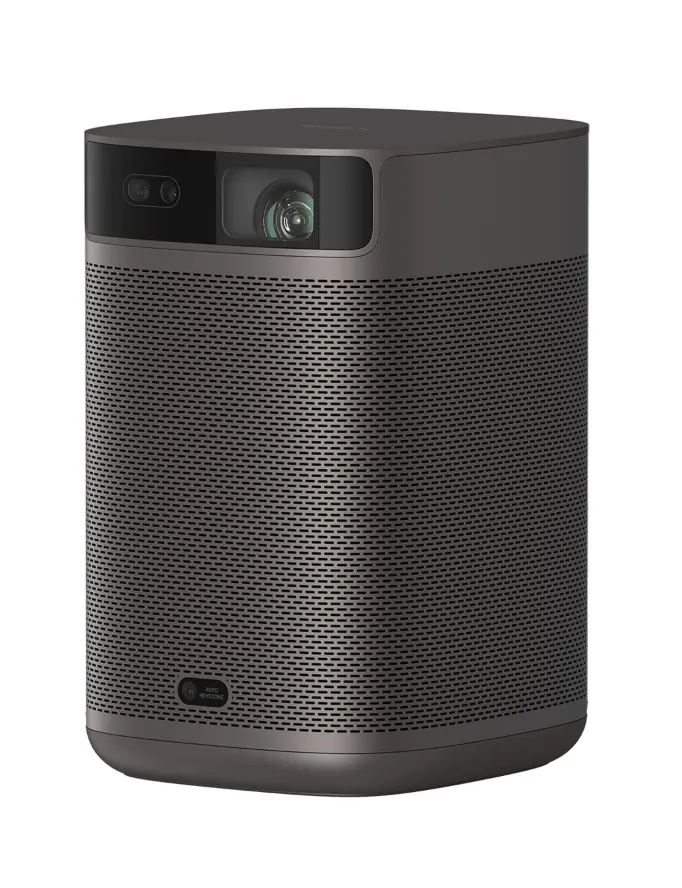









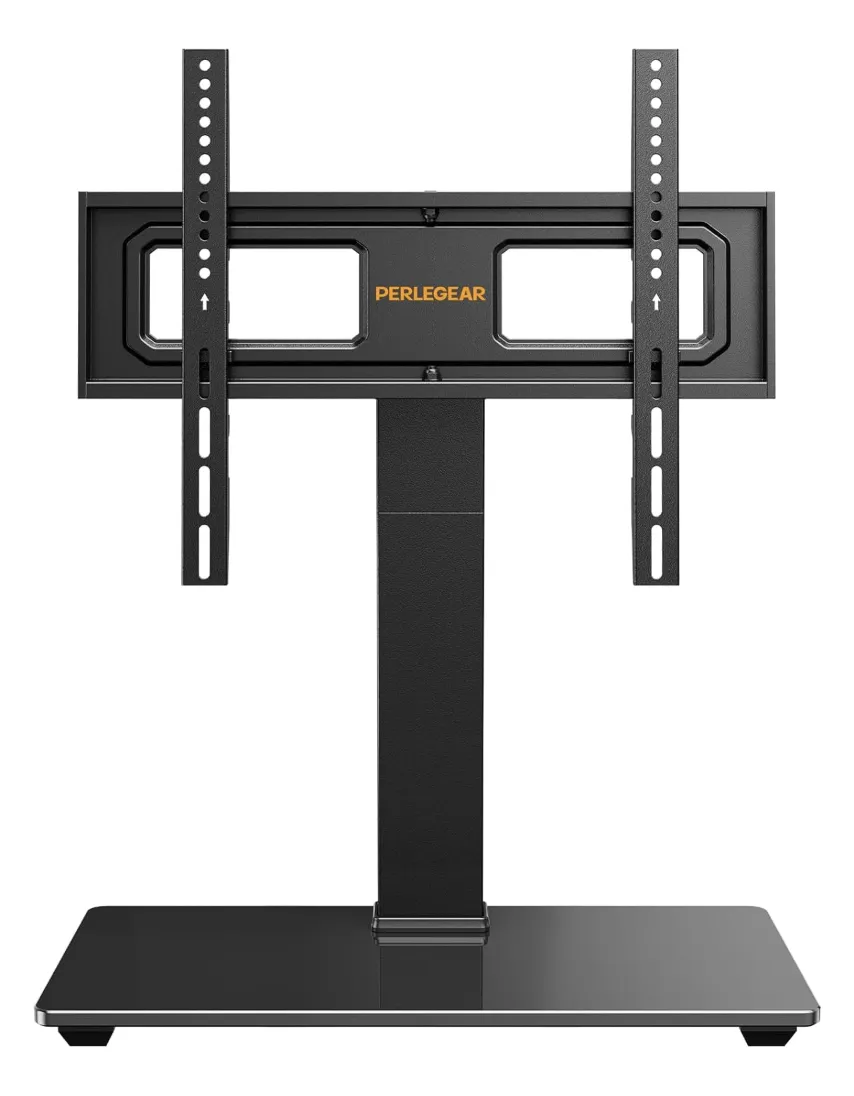







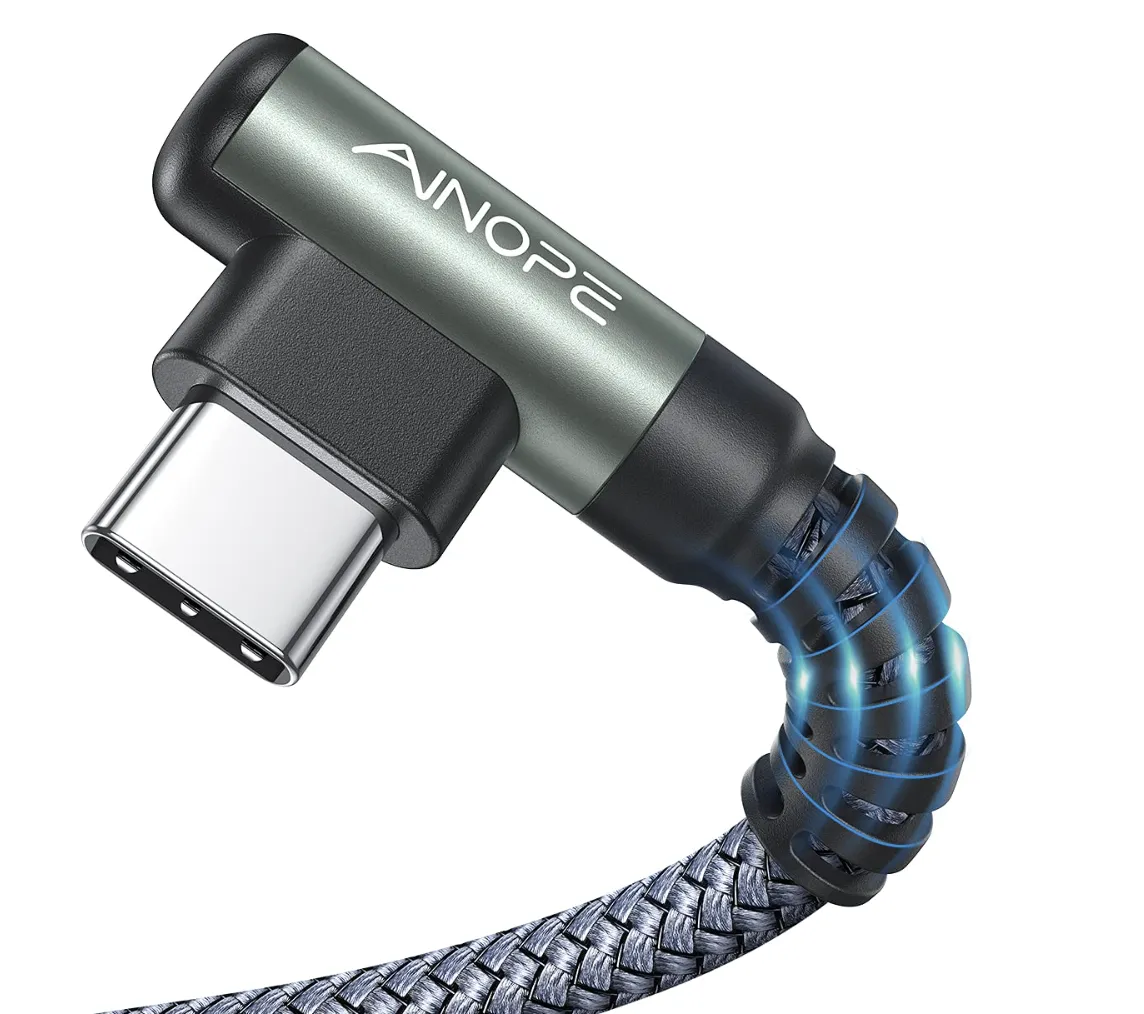
















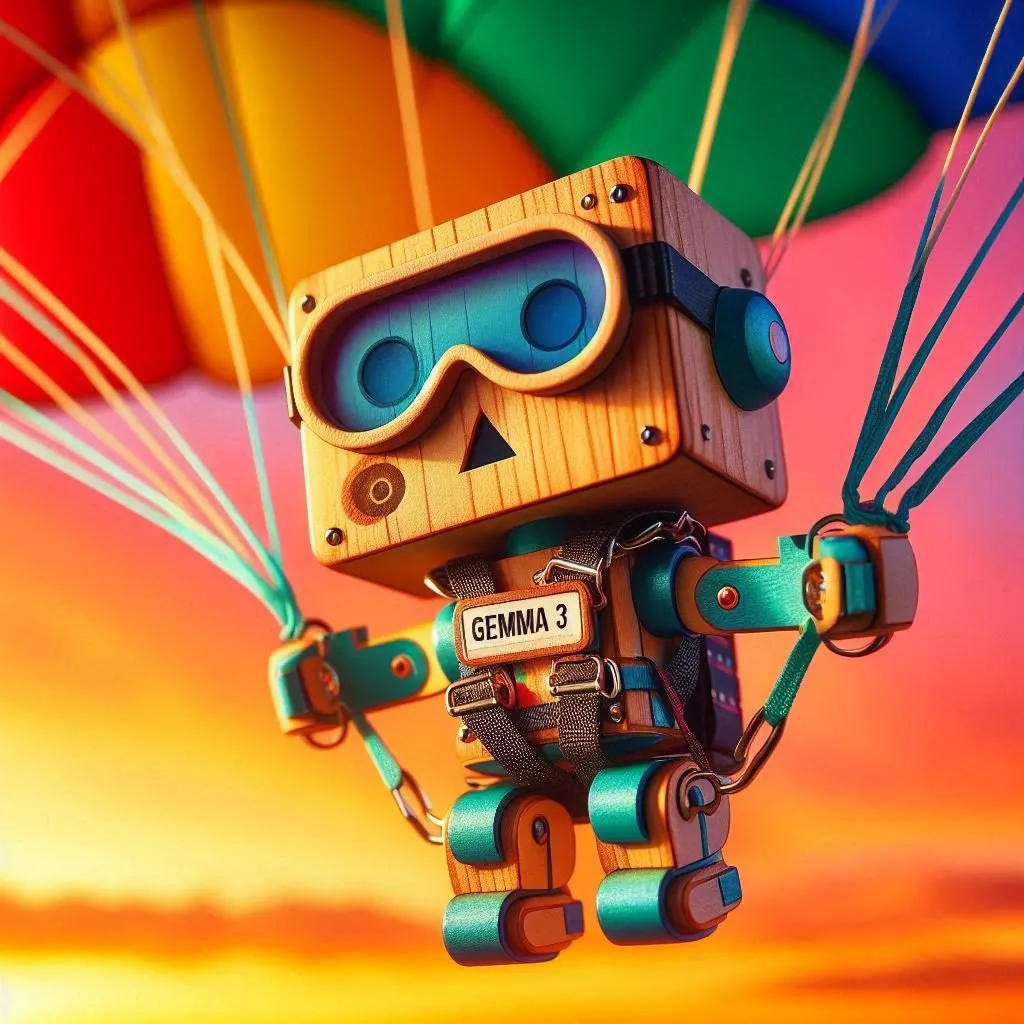


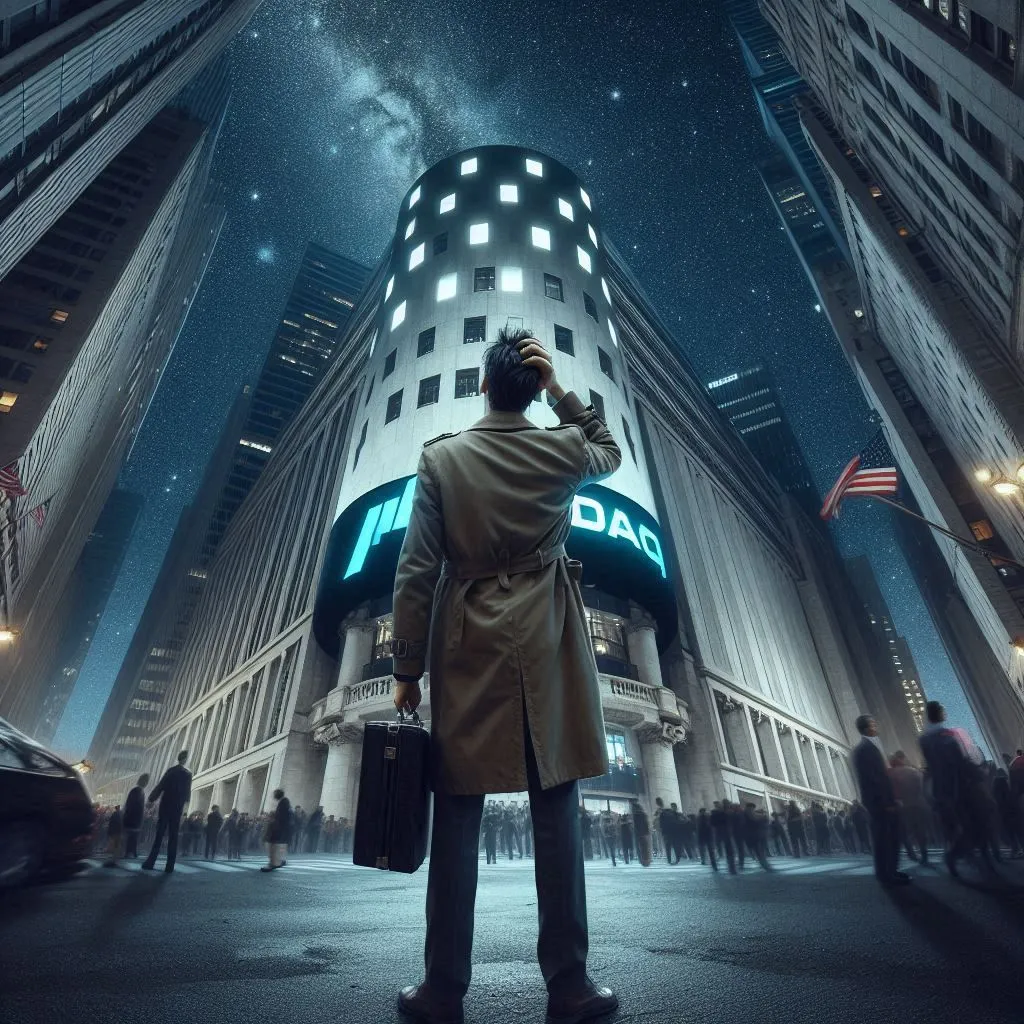
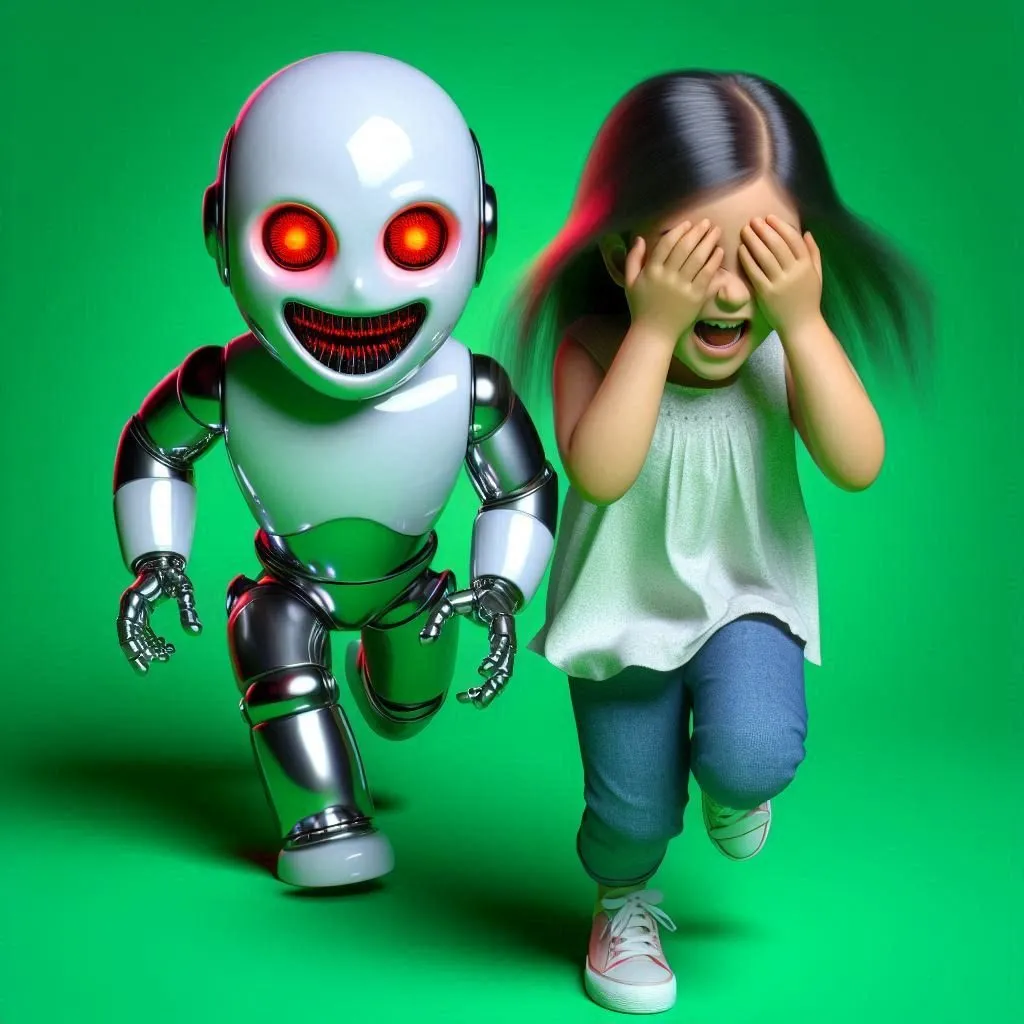












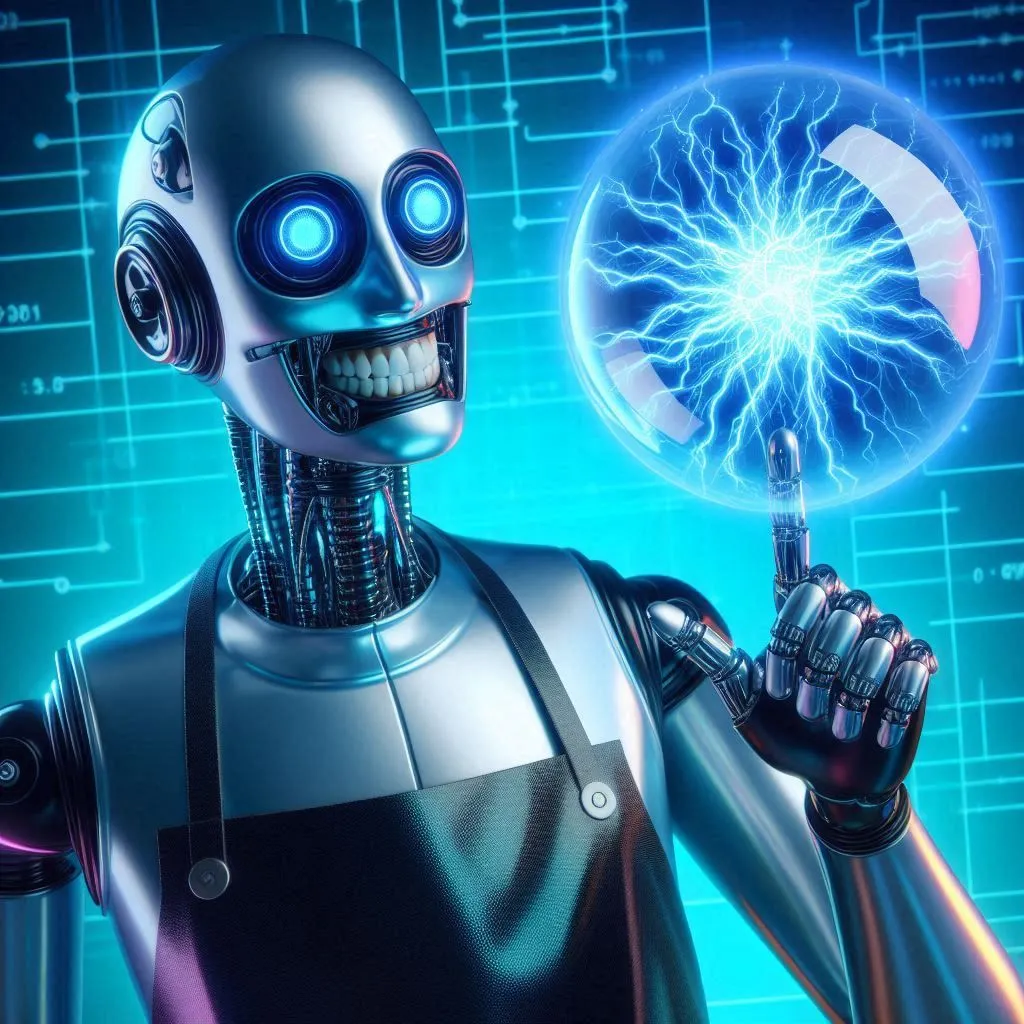

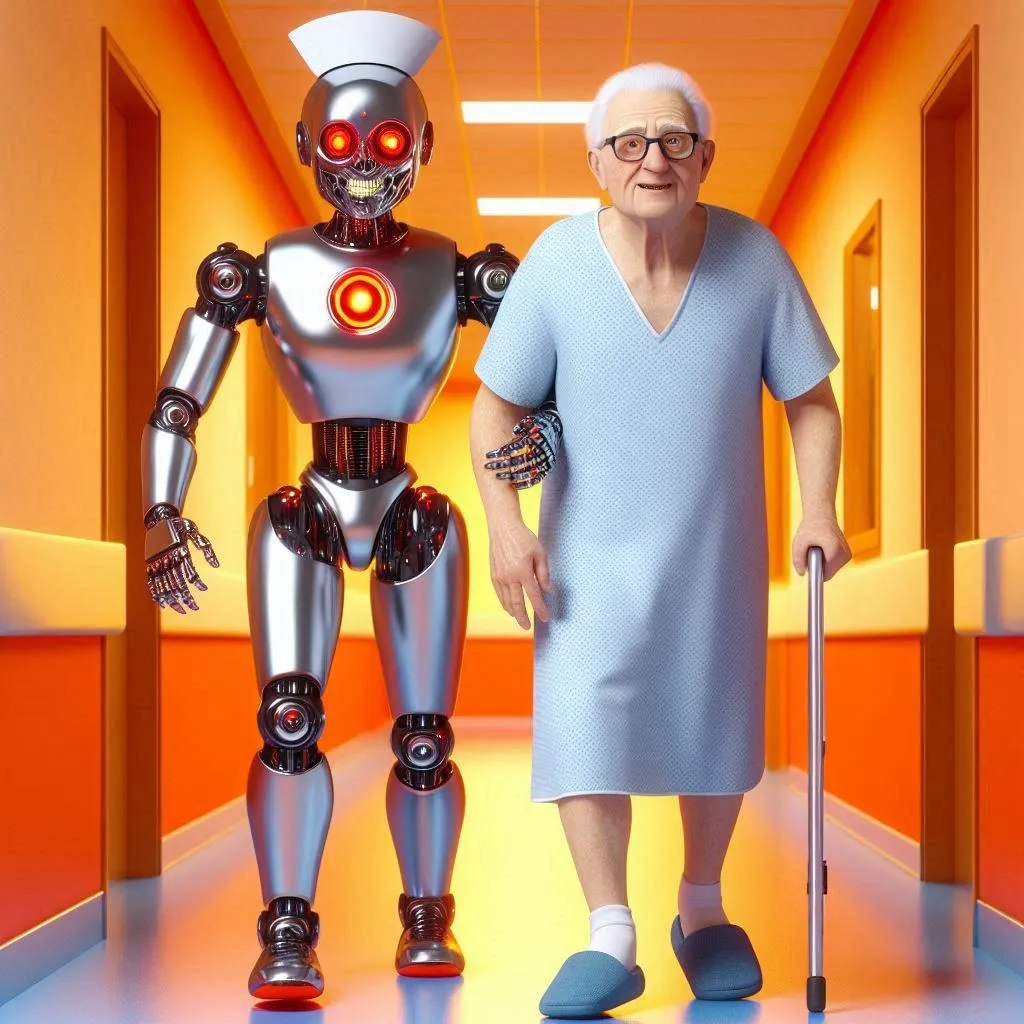

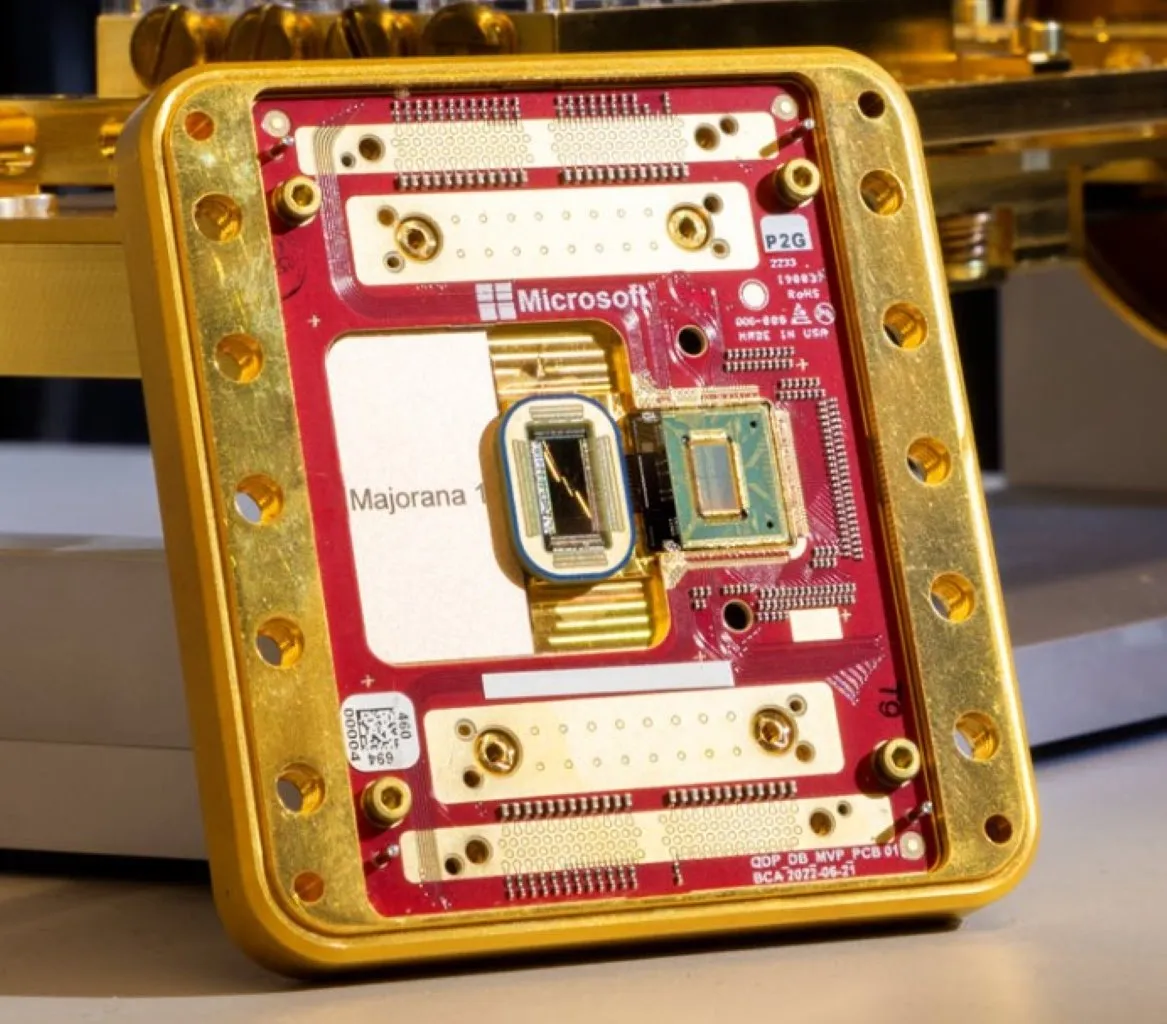
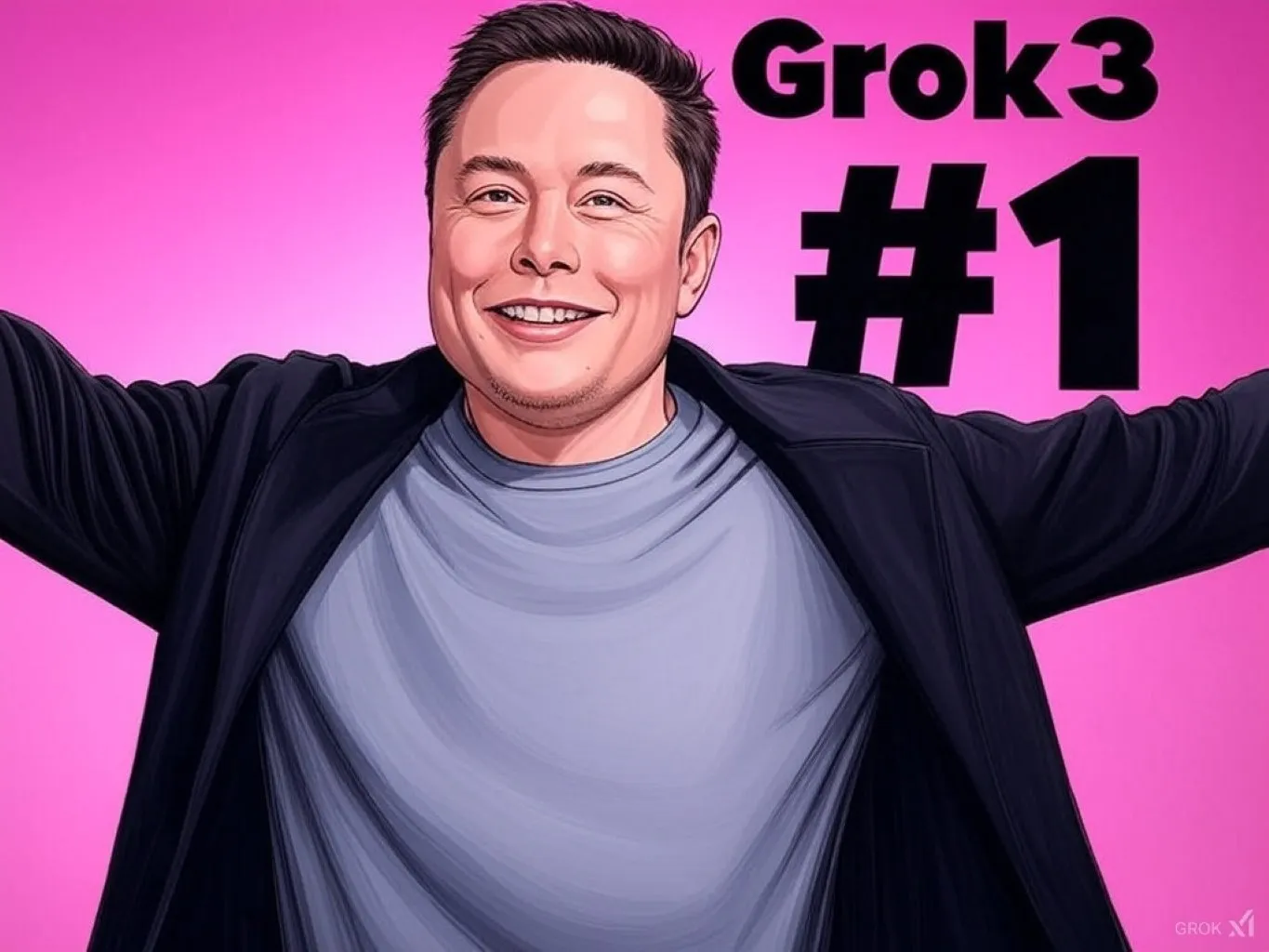
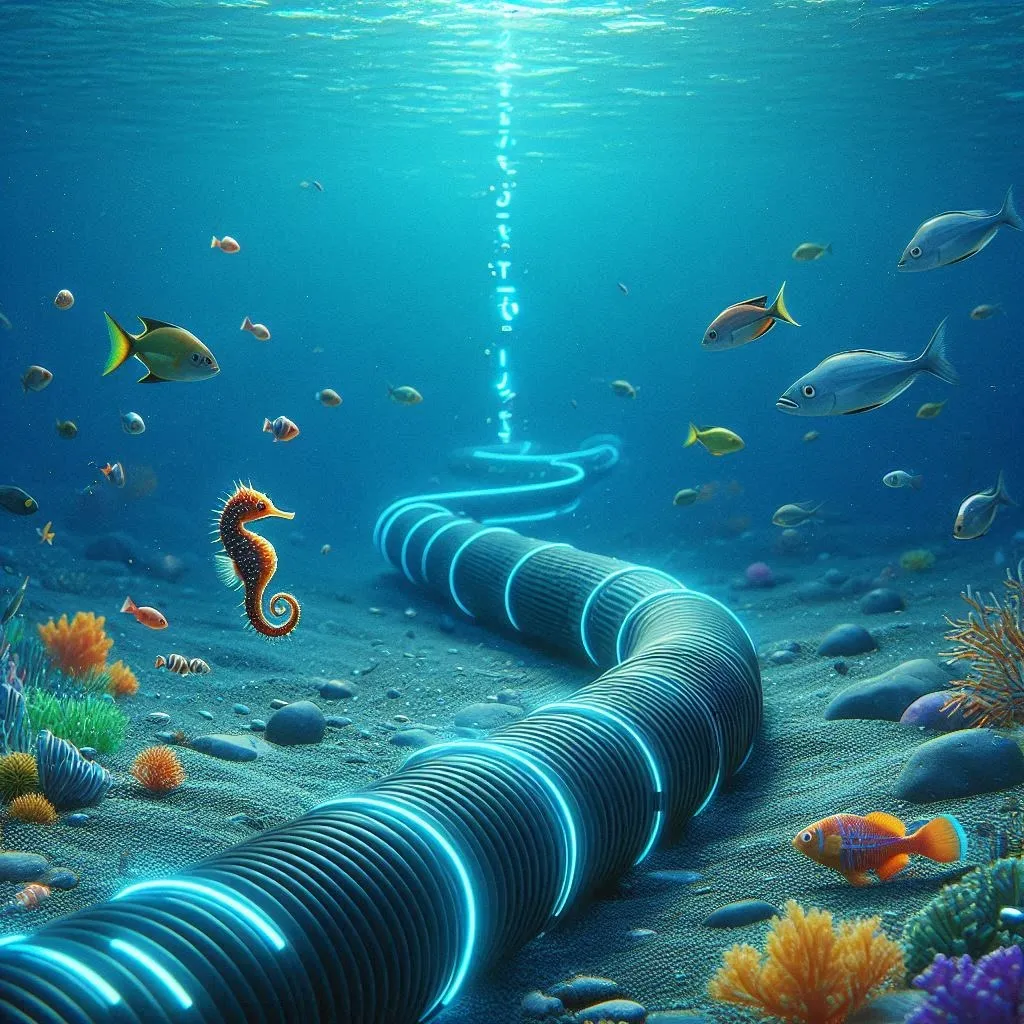
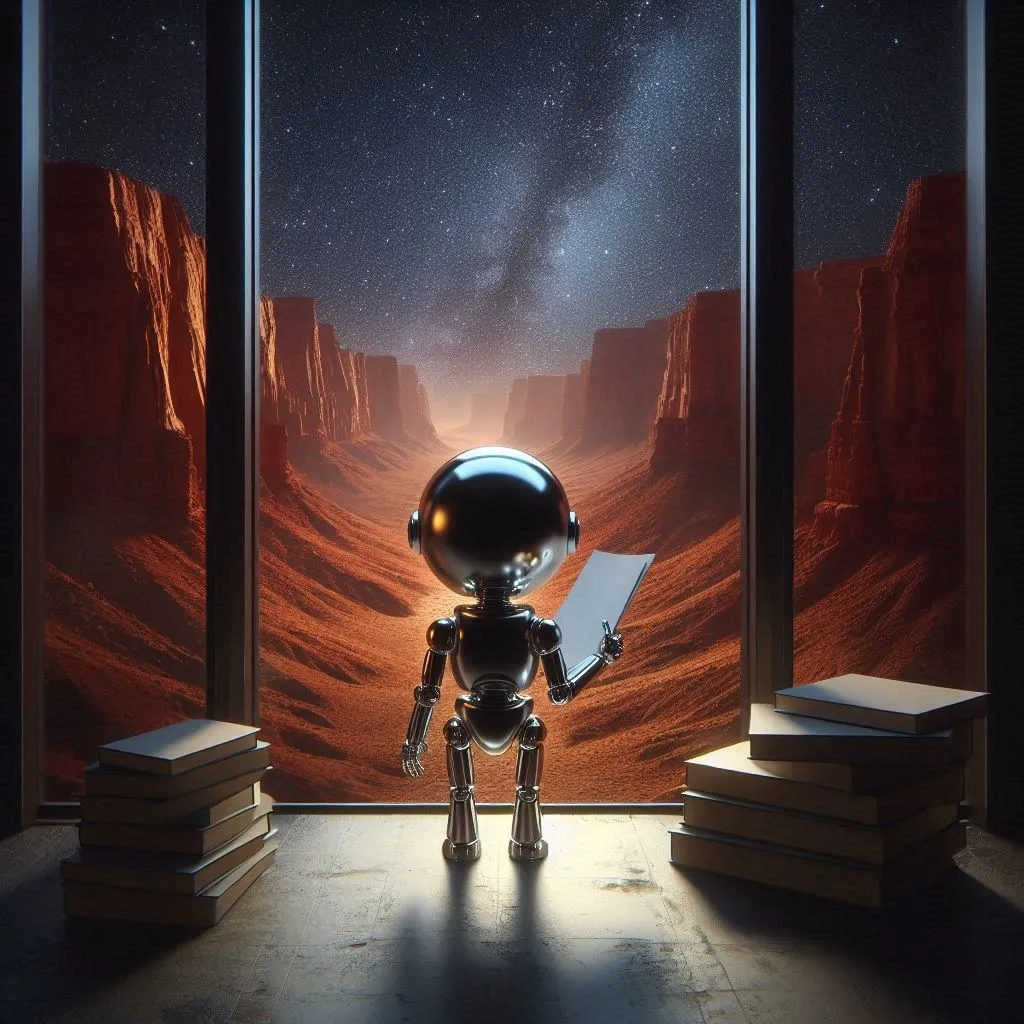


UNBIASED TECH NEWS
AI Reporting on AI - Optimized and Curated By Human Experts!
This site is an AI-driven experiment, with 97.6542% built through Artificial Intelligence. Our primary objective is to share news and information about the latest technology - artificial intelligence, robotics, quantum computing - exploring their impact on industries and society as a whole. Our approach is unique in that rather than letting AI run wild - we leverage its objectivity but then curate and optimize with HUMAN experts within the field of computer science.
Our secondary aim is to streamline the time-consuming process of seeking tech products. Instead of scanning multiple websites for product details, sifting through professional and consumer reviews, viewing YouTube commentaries, and hunting for the best prices, our AI platform simplifies this. It amalgamates and summarizes reviews from experts and everyday users, significantly reducing decision-making and purchase time. Participate in this experiment and share if our site has expedited your shopping process and aided in making informed choices. Feel free to suggest any categories or specific products for our consideration.
We care about your data privacy. See our privacy policy.
© Copyright 2025, All Rights Reserved | AI Tech Report, Inc. a Seshaat Company - Powered by OpenCT, Inc.




